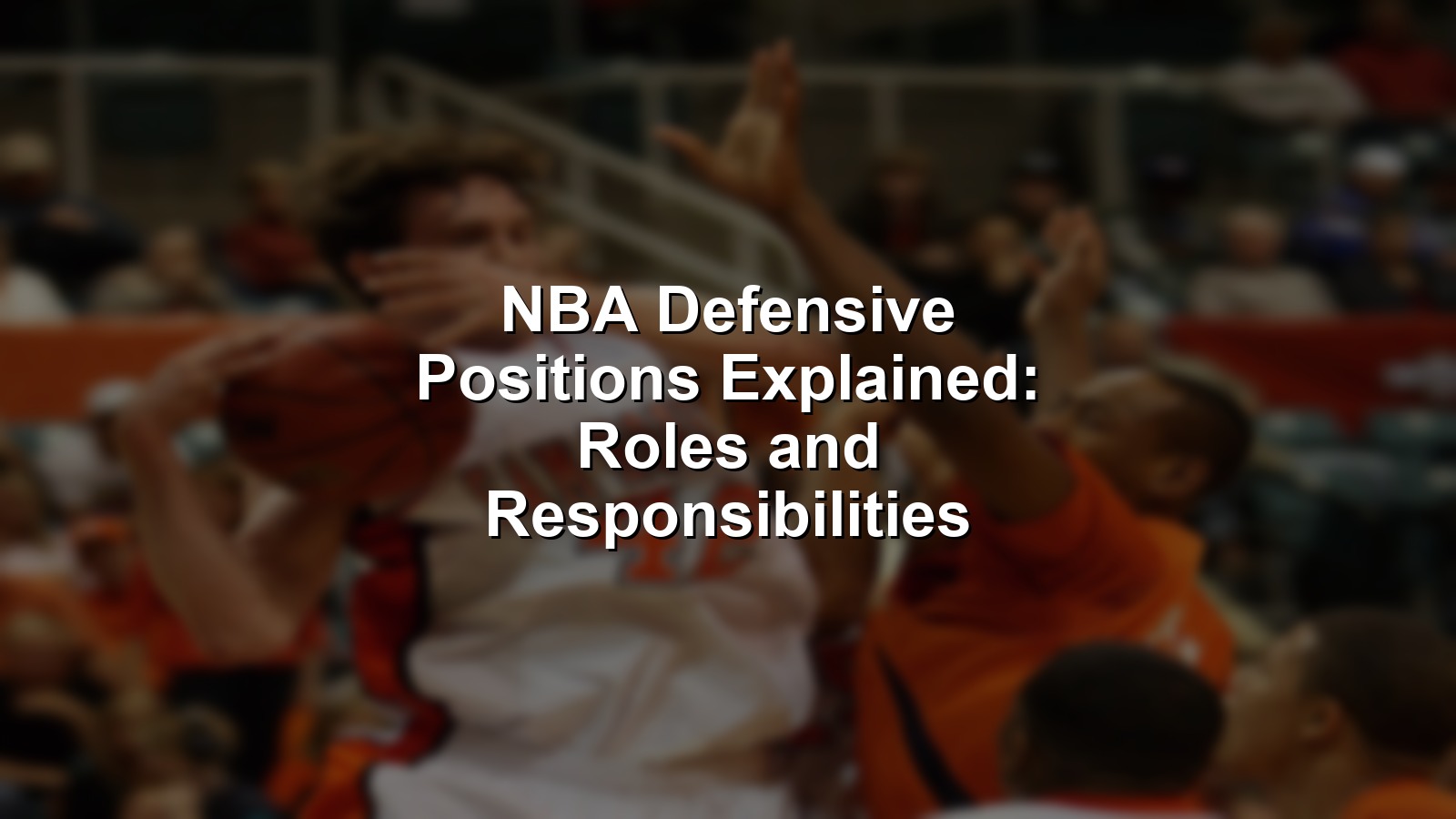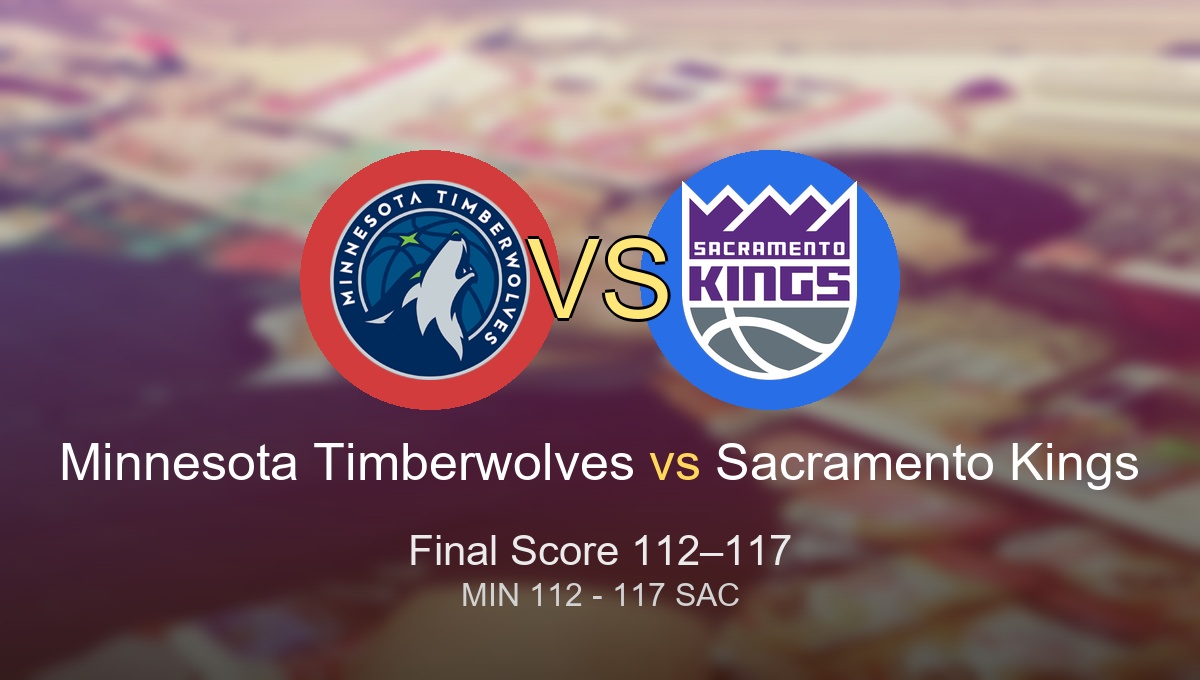
When you hear “defense wins championships,” it’s not just a cliché—it’s a blueprint written in sweat, rotations, and relentless energy. NBA defensive positions explained in their true nuance reveal far more than a lineup card. Each spot on the court has its own choreography, shaped by legends from Bill Russell to Draymond Green. If you want to understand why the Raptors’ box-and-one stunned Curry, or how Gobert changed the paint, it starts with understanding these roles.
In a league obsessed with talent and scoring, it’s the defensive backbone that quietly dictates the fate of dynasties. Getting stops—possessing the right anchor, the cleverest switcher, the most disruptive wing—can define entire playoff runs. Knowing what each position demands lights the path between regular season flash and postseason glory.
Let’s break down every NBA defensive position—their classic responsibilities, iconic masters, and the moments that turned games into lore.
Context: Why This Matters
Every NBA conversation eventually circles back to one thing: legacy. Yeah, rings wrap the argument up fast. But fans, coaches, and players all know there’s more to greatness than just hardware. Talent draws the headlines. Impact—forged in big-game stops and single-digit quarters—draws the respect.
There’s a running debate in every barbershop or fevered X thread: Is the lockdown perimeter defender more valuable than the rim protector? Would the modern game exist without bigs who can switch? The battle between pure talent and selfless, system-based defenders runs deep. Sometimes, a single possession—think LeBron’s block or Tayshaun’s chase-down—says more than a stat sheet.
In the NBA, understanding defensive roles isn’t just academic. It’s the difference between winning and watching.
Methodology
So how did we rank each defensive position and its most iconic exponents? The goal: spotlight each role’s responsibility, classic masters, and unforgettable moments. Here’s how we built the list:
- Signature moments: Moments when a player or position changed a game or series.
- Rings: Championships and postseason impact—about 30%.
- Career longevity: Durability and sustained excellence—about 30%.
- Overall impact/innovation: How much a player or positional evolution changed defenses league-wide—about 40%.
- Sources: NBA.com, Basketball-Reference, and Hall of Fame consensus, plus respected media breakdowns from ESPN and The Ringer.
- Mix of statistics, eye test, and narrative—because defense isn’t always about the numbers.
The Defensive Roles That Changed the Game
1. Center: The Rim Protector (e.g., Bill Russell)
May 2, 1962. Game 7 of the NBA Finals. Bill Russell traps Elgin Baylor in mid-air, meeting the Lakers at the rim and closing out his 11th championship. Boston’s dynasty wasn’t just built on points—it was Russell’s ability to turn the paint into a haunted house.
The center, especially in classic eras, is the anchor. Russell made shot-blocking and help defense into an art form. In modern times, guys like Hakeem, Mutombo, and Gobert carried the torch. The center’s ability to shut down drives, alter shots, and quarterback the defense sets the tone for every possession.
“Defense is more than just stopping shots. It’s a mindset,” Russell once remarked.
Key facts:
– 11 rings (Russell), multiple DPOYs (later eras)
– Blocks, rebounds, intimidation
– Defensive system built around them
Authoritative sources: NBA.com – Bill Russell, Basketball-Reference – Centers
🧵 On X
https://x.com/search?q=Bill%20Russell%20defense&src=typed_query
2. Power Forward: The Versatile Stopper (e.g., Tim Duncan)
2003 Western Conference Finals. Duncan rotates perfectly, rejecting Dirk Nowitzki at the rim and altering yet another series. He orchestrates without drama, shutting down pick-and-rolls and switching onto wings. The “Big Fundamental” was the axis around which Spurs’ defense spun.
Power forwards like Duncan, Garnett, and Draymond Green have to guard up and down. They challenge bigs, blitz guards on the perimeter, and clean up mistakes. The best PF defenders are modern chess pieces, balancing rim protection with lateral quickness.
“He doesn’t have to talk,” Popovich once said. “He just makes everyone better defensively.”
Key facts:
– 5 titles (Duncan), 15 All-Defense selections
– Elite rim and PnR coverage
– Quiet leadership, long-term system anchor
Authoritative sources: NBA.com – Tim Duncan Defense, Basketball-Reference – Tim Duncan
🧵 On X
https://x.com/search?q=Tim%20Duncan%20defense&src=typed_query
3. Small Forward: The Two-Way Wing (e.g., Scottie Pippen)
1991 Eastern Conference Finals. Pippen’s arms seem to stretch into the future, swallowing up passes and making life hell for Detroit’s Isiah Thomas. The Bulls flip the rivalry on its head—and launch a dynasty—largely because of what Scottie brings to the table.
The small forward role demands switchability. Guarding everyone from elite scorers to power bigs, Pippen, Kawhi Leonard, and LeBron James became defensive linchpins. Versatile, quick, disruptive—these wings are often their team’s “stopper,” and critical in today’s spacing-heavy NBA.
“He covers my mistakes—and everyone else’s too,” Michael Jordan famously acknowledged.
Key facts:
– 6 rings (Pippen), multiple All-Defensive teams
– Steals, on-ball and help coverage
– Defensive versatility and transition catalyst
Authoritative sources: NBA.com – Scottie Pippen Defense, Basketball-Reference – Small Forwards
🧵 On X
https://x.com/search?q=Scottie%20Pippen%20defense&src=typed_query
4. Point Guard: The Head of the Snake (e.g., Gary Payton)
1996 NBA Finals. Gary Payton, “The Glove,” stares down Michael Jordan, refusing to yield an inch of space. For stretches, he forces the greatest scorer alive into bad shots and turnovers—a feat as rare as Seattle sun.
Point guard defenders set the tone at the tip. Guys like Payton, Frazier, and more recently, Jrue Holiday, chase around screens, harass the ball, and spark the break. Defense starts here—if the PG gets blown by, the whole structure collapses.
“You gotta love contact to do this job every night,” Payton told reporters.
Key facts:
– 9x All-Defense (Payton), 1x DPOY
– On-ball pressure, steals
– Leader of perimeter resistance
Authoritative sources: NBA.com – Gary Payton, Basketball-Reference – Point Guards
🧵 On X
https://x.com/search?q=Gary%20Payton%20defense&src=typed_query
5. Shooting Guard: The Disruptive Wing (e.g., Michael Jordan)
1996 NBA Finals, Game 6. Jordan doesn’t just hit “the shot”—he also strips Stockton for a critical steal, capping Chicago’s second threepeat with a signature two-way moment.
Great shooting guard defenders like Jordan, Sidney Moncrief, or Klay Thompson cover the opposition’s top scorer while doubling as team enforcers. Their agility and IQ keep offenses off-balance, often leading runs that change playoff series.
“Scoring was fun, but I prided myself on shutting a guy down,” Jordan told SLAM Magazine.
Key facts:
– 6 rings (MJ), 1 DPOY, 9x All-Defense
– Elite on-ball and help defender
– Clutch plays in critical moments
Authoritative sources: NBA.com – Michael Jordan Defense, Basketball-Reference – Shooting Guards
🧵 On X
https://x.com/search?q=Michael%20Jordan%20defense&src=typed_query
6. Switchable Forward: The Modern Hybrid (e.g., Draymond Green)
2016 NBA Finals, Game 7. Draymond Green contests Kyrie Irving, closes out on LeBron, and commands Golden State’s defense in real time—sometimes in the same trip down the floor.
Modern defenses lean on switchable, positionless pieces. Green’s ability to guard one through five redefined the league. These hybrids drive the rise of “small-ball” and allow teams to hide weaknesses, double creatively, and fly around.
“I take pride in being able to guard anyone, anywhere,” Green has said.
Key facts:
– 4 titles, 1x DPOY
– Switch defense, help IQ, communication
– Defensive core of a dynasty
Authoritative sources: NBA.com – Draymond Green Basketball-Reference – Draymond Green
🧵 On X
https://x.com/search?q=Draymond%20Green%20defense&src=typed_query
7. Perimeter Stopper: The Lockdown Specialist (e.g., Bruce Bowen)
2005 NBA Finals. With less flair than flash, Bruce Bowen glues himself to Richard Hamilton’s jersey, making every Detroit cut a wrestling match. San Antonio’s defense suffocates the Pistons for title number three.
Perimeter stoppers often go unseen in box scores. But ask championship teams about their value—elite stoppers take the toughest cover, exhaust stars, and win possessions that shift history.
“Somebody has to do the dirty work,” Bowen joked after another Game 6 grind.
Key facts:
– 3 titles (Bowen), 8x All-Defense
– Guarded best wings, physical screens
– Relied on for clutch, late-game stops
Authoritative sources: NBA.com – Bruce Bowen, Basketball-Reference – Bruce Bowen
🧵 On X
https://x.com/search?q=Bruce%20Bowen%20defense&src=typed_query
8. Help Defender/Free Safety: The Disruptor (e.g., Kevin Garnett)
2008 Playoffs. KG stalks passing lanes, barking orders, flying in from the weak side to block shots, and setting a defensive culture Boston hadn’t seen in decades.
Elite help defenders—think Garnett, Ben Wallace, or Bam Adebayo—anticipate plays and disrupt schemes. They fill every gap, direct teammates, and erase mistakes. Their fingerprints show up everywhere even when they don’t get the stat.
“We play as five, but he sees everything,” Rajon Rondo once said of Garnett.
Key facts:
– 1 ring, 1x DPOY (KG)
– Help blocks, steals, communication
– Defensive leaders, culture-changers
Authoritative sources: NBA.com – Kevin Garnett, Basketball-Reference – Kevin Garnett
🧵 On X
https://x.com/search?q=Kevin%20Garnett%20defense&src=typed_query
9. Shot-Blocking Big: The Specialist (e.g., Dikembe Mutombo)
2001 Playoffs. Mutombo palms shot after shot, wagging his finger, pacing the Sixers to an unlikely Finals berth. Teams learn to fear his presence—some refuse to attack at all.
Some bigs, while less versatile, dominate with pure rim defense. Mutombo, Mark Eaton, and more recently, Rudy Gobert, built careers on erasing layups. While teams sometimes limit their minutes come playoff time, their defensive value in the right system can’t be overstated.
“No easy buckets,” Mutombo would boom—then prove it over and over.
Key facts:
– 4x DPOY, 12,359 rebounds (Mutombo)
– Paint dominance, block shots, intimidator
– Defensive awards, specialist value
Authoritative sources: NBA.com – Dikembe Mutombo, Basketball-Reference – Dikembe Mutombo
🧵 On X
https://x.com/search?q=Dikembe%20Mutombo%20defense&src=typed_query
10. Off-Ball Disruptor: The Steals Artist (e.g., Allen Iverson)
2001 Eastern Conference Semis. Iverson gambles in the lane, darts the other way for a momentum-flipping steal—Philly fans erupt, and the Sixers ride it all the way to the Finals.
Some defenders aren’t stoppers— they’re disruptors. Iverson, Chris Paul, and Mookie Blaylock made their mark jumping passing lanes. What these players sacrifice in one-on-one muscle, they give back in pure chaos and transition buckets.
“Sometimes you gotta risk it,” Iverson shrugged postgame. “That’s defense, too.”
Key facts:
– 2x Steals Leader (Iverson)
– Anticipation, quickness, transition spark
– Disruption over containment
Authoritative sources: NBA.com – Allen Iverson, Basketball-Reference – Allen Iverson
🧵 On X
https://x.com/search?q=Allen%20Iverson%20steals&src=typed_query
What Comes Next
NBA defensive positions explained doesn’t just mean learning a diagram—it’s a living argument, always subject to change. As scoring jumps and skillsets expand, the league is in the midst of a defensive revolution. Bigs are asked to stretch out. Guards must defend supersized wings. Coaches search for the perfect blend of IQ, grit, and raw athleticism.
Will a new breed—like Victor Wembanyama—shift our understanding of the “ideal” defender? Can a guard win DPOY again soon? The NBA’s never-ending push-and-pull between offense and defense means this list won’t stay still. Positions blur, responsibilities multiply. Still, the timeless truth remains: stops decide trophies, no matter the era.
So as you watch that next big playoff possession, look for the subtle dance. Think about who is guarding whom—and why. The heart of basketball, in all its chaos and glory, begins at the defensive end.



